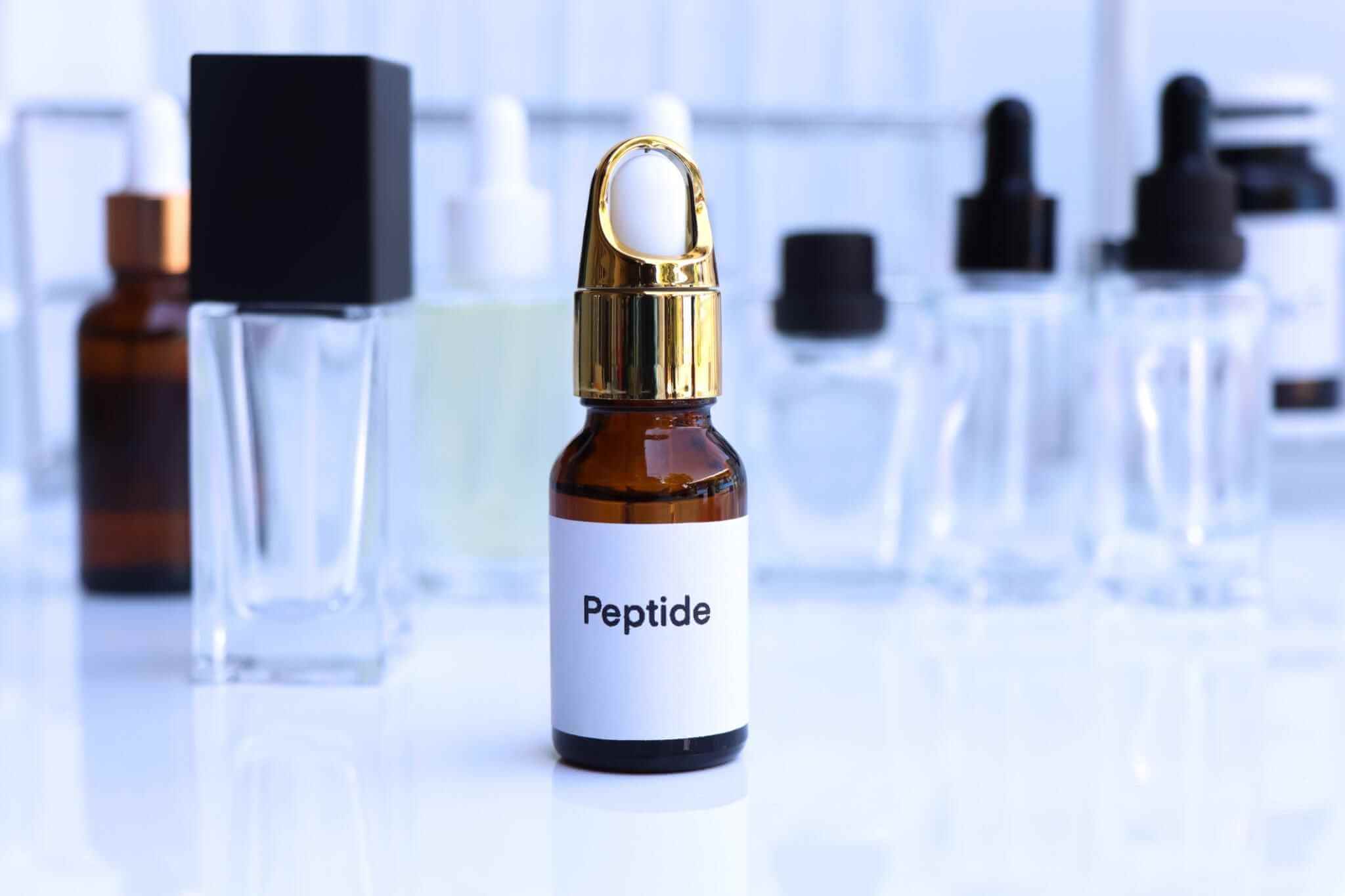Milk and dairy products are staples in the human diet, and ruminants such as cattle, buffaloes, sheep, and goats are traditional sources. However, several alternatives to cow’s milk do exist, each with its own flavor profile, array of health benefits, and nutritional profile worth exploring.
In the desert, camel milk is still widely used and is rapidly expanding in popularity to urban areas due to its high nutrient density and low fat content. camel milk and other camel dairy products have been proven to sustain desert-based pastoral and nomadic cultures for centuries. Another common application is to treat adolescents diagnosed with autism. Let’s take a closer look at this issue.
Why use camel milk therapy for children with autism?
Medical practitioners claim increased amounts of: reactive oxygen species (ROS) is responsible for many autistic symptoms.
Highly reactive oxygen species (ROS) are a normal component of human cells. Cancer and autoimmune diseases are just two of the diseases associated with elevated ROS levels. Levels of reactive oxygen species (ROS) can be lowered using antioxidants.
1. Rich in antioxidants in camel milk
Camel milk advocates claim that the antioxidants in British camel milk help reduce ROS levels in children with autism. They claim that doing so can reduce autistic symptoms in children.
Excessive ROS is associated with many diseases including cancer, but not with autism.
Furthermore, there is no evidence that camel milk can improve symptoms of autism.
2. Various Proteins Found in Camel Milk
According to reports, the total amount of protein in one serving of camel milk protein powder ranges from 2.9 to 4.9 grams. Both casein and whey protein can be detected in camel milk. These proteins have multiple roles and are an essential component of camel milk. Camel milk contains a variety of amino acids, including the four essential amino acids: glycine, lysine, valine and threonine. The most prominent protein in camel milk is whey protein, which includes albumin, immunoglobulin, lactoferrin and other essential proteins.
3. Basic Commodity of Camel Milk
The fat content of dromedary milk ranges from 1.2 to 6.4%. Camel milk does not contain many short-chain fatty acids, but it does have a lot of long-chain fatty acids. Camel milk is rich in essential fatty acids such as linoleic acid. Omega-3 and Omega-6.
The total amount of lactose found in camel products is also included in the benefits of camel milk. camel milk It contains many fat-soluble and water-soluble vitamins such as vitamins A, E, D, B, and vitamin C. Camel milk is particularly rich in the minerals calcium and potassium.
Researchers found the following fatty acid ratios in camel milk fat:
- Oleic acid: 38.9
- Palmitic acid: 29.3
- Linoleic acid: 3.8
- Butyric acid: 2.1
- Caprylic acid: 0.6
- Caproic acid: 0.9
- Myristic acid: 7.3
- Lauric acid: 4.6
- Capric acid: 1.4
- Stearic acid: 11.1
conclusion
Oxidative stress has been implicated in the pathophysiology of a wide range of neurological disorders, including autism spectrum disorders (ASD). These findings suggest a pathophysiological function for GSH and other antioxidant enzymes in autistic individuals.
Plants, animals, fungi, and even some bacteria and archaea produce the antioxidant GSH. When considering the functions of camel milk, it becomes clear that the substance may have a therapeutic effect on autism. The current study aims to evaluate the potential benefits of camel milk powder for the treatment of autism in children. As a result, Desert Farms raw camel milk plays an important role in mitigating the harmful effects of free radicals.




